In class last week we read a book and talked about the math concepts that could be found in the book we were reading. It is important as a teacher to recognize these connections and be able to use them in the classroom. If a book teaches math, students will be learning math skills while at the same time developing their reading, listening, and comprehending skills. At the same time, if there is a story to go along with concepts like addition, students are probably going to be much more likely to retain the knowledge they learn about the concept. That seems to be much more beneficial than simply handing students a worksheet.
So, I decided to look into what other books could be used in elementary classrooms to teach math concepts.
Here were some of my favorites: Five Little Monkeys Jumping On The Bed, by Eileen Christelow.
This was one of my favorite books growing up! In this book there is repetition and pattern in the words, and there is also subtraction involved. They start out with 5 monkeys on the bed, and one falls off of the bed and bumps his head and has to go to the doctor. Then there are 4 monkeys, and one falls off the bed....you get the picture. The monkeys continue to fall off the bed, one after another, and each time one falls there are less of them left on the bed. This book displays subtraction in a manner simple enough for children to understand, and very subtly. At the same time is a good book and a favorite to many children because of the repetition of words and the predictability of the story. Even very young children can catch on to this book quickly because of the repetition! The Very Hungry Caterpillar by Eric Carle
Once again, one of my childhood favorites! This one is especially fresh in my mind because the 3 year old I nanny for has been asking to read this one a lot lately. In this book, the caterpillar starts small but eats his way through food item after food item(and some non-foods) until he is a fat caterpillar ready to become a butterfly. Along the way he eats through multiple numbers of certain foods, making this book very good for addition and counting. Also, the book has holes in the pages though each of the food items, which children find fascinating. This book is very good for addition and counting!
Reflection: This post was not so much about doing math, but more about finding math in things that already exist. I found many other children's books that involved math, but decided to only write about these two for now. It was cool to see how math is so much more present than we realize. These books were two of my favorites growing up, but at the time I would have never thought about what math skills I was learning from the book. They were just books that were easy to read. I think it is very important for teachers to teach math using books some of the time for younger grades in elementary at least because it not only makes it more interesting, but it puts the numbers in more context of real life situations some of the time. This helps students to be able to categorize and interpret the information better, and it probably helps them to retain it as well!
Today for class we went to listen to a speaker named Dr. Kevin Cloninger talk. The talk was about well being, and how it is important to balance all of the parts of you to actually be healthy. It was not at all what I was expecting from this talk, I was expecting to hear a talk more geared to teachers but this talk was mostly about how we are all responsible for making ourselves healthy and balancing things in our own lives. I suppose this can be used in the classroom in some ways, but it was mostly a type of self-help talk rather than an educational one.
Tonight was Family Math Night at Griffin Elementary School. To be honest, I was a little bit disappointed with how the night turned out. First of all, we arrived late due to classmates not meeting at the correct time and us getting lost on the way. My partner could not come tonight, and although I knew that ahead of time it was frustrating as well. When we got to the school, I set up in a classroom at the end of the hallway. We were told there would be lots of students there, as many as 200 even. That was exciting. So I set up the posters and the game on my table, and waited for the students. And waited. (Remember, I came late. I was expecting to be way behind everyone else, not to have to wait for students to come to me.)
However, the students did not come in a tidal wave either. They barely began to trickle in, at most we had one family at a time in the room where there were two games set up. The students were much younger than I had anticipated, I only met one student who I was able to play the game correctly with, without having to modify the rules to help them understand. This is not because my game was too difficult, only because I was expecting to have 3rd through 5th graders and instead ended up with mostly preschool through 1st graders.
Just for a reference, in total, 8 students played my game tonight. They were the only ones who came into the room to play. Much less than I was expecting.
Here is the game that we intended to play with the students, and practiced with the 5th graders both days. For this game, students were given a paper with four of these grids shown below. One grid was necessary for each game. The students were to play the game against one another or against a parent, each filling in one triangle at a time (similar to the idea of Connect Four) until they had formed one of the shapes. The shapes, as shown above, are worth different amounts of points. The players were allowed to block each other from completing the shapes by filling in the triangles nearby. However, all but one of the students had to have the game modified for them. That was fine, because I know that as a SpEd major I'm going to have to get used to modifying activities to suit individual students' needs. Many of the students were able to play the game by taking turns finding and filling in the whole shapes on each of their turns. A few were too young for that, so I let them use the crayons and just color shapes on the page because they didn't understand the competition of the game.
All in all, I learned a lot from tonight. But it was frustrating to not have many students come to play the games after we put so much hard work into planning them. And I wish I had known in advance that the students were going to be so young, I would have planned a different game entirely. But oh well. It is over now, and it was a good experience to have under my belt. Not every activity is going to go perfectly in the classroom, I might as well come to grips with that now!
Dissection in math.
This isn't the type of dissection where you poke around a frog's guts trying to find the heart.
I have no idea who this girl is. But she doesn't seem to be a fan. Frog guts are gross.Dissection in math is a whole new way to look at shapes. It is mind blowing in a lot of ways, and it has been interesting to research this field of math that I hadn't heard about before. Wolfram MathWorld helped me a lot with my research, so I can't take the credit for some of these pictures or definitions. Here is the link to my source: http://mathworld.wolfram.com/Dissection.html Basically, dissection is the theory that any two shapes with a common area can be dissected and folded in to one another. For example, this triangle, when unfolded correctly, or split up into smaller shapes, forms a square of an equal area. I discovered dissection in class last Friday. We were working on finding the areas to shapes as a class, and sharing our different methods of determining the area of each shape. We discovered that there were many different ways to find the area. But I have a method I've been using since I can remember. With shapes on a grid, I've always tried to match up the partial pieces to form whole squares on the grid and then I count up the squares. Easy enough right? Just like a puzzle. Find the pieces that fit together, and you have your area. Boom. But I didn't know that it was actually a thing! I thought it was just the easy way I tested out of 5th grade geometry without learning any equations. But apparently dissection IS a thing....and its fun! Very addicting, I might add. I love it.
In class on Friday, I spent a long time trying to figure out the area of a complex shape "my way". I'm one of those people who has to finish something they start when I'm really excited about it...or I'm just stubborn. Regardless, I decided to cut apart the shape that I was using to try to reform it, because just drawing it out wasn't helping me. I cut apart the shape and tried to fit the pieces together. And even though it took me a LONG time (yes, I know I spent the remainder of class working on it even after the rest of the class moved on) eventually I did find the area of that darn shape. Using MY method. Taking the shape apart and fitting the pieces together like a puzzle until they formed a shape I could measure the area of easily.
So, what I was doing was very similar to dissection. Essentially, I was cutting the shape apart and fitting the pieces into a different shape. BOOM. Learned something new!
I tried to take pictures of the work I did, but they weren't turning out very well. Sorry!
Reflection:
Through this activity, I definitely learned something new. Before this I hadn't even realized that dissection existed in math. Now I found something that wasn't only new, it was exciting and fun. I wish I had learned more about it earlier on. Like when I was in 5th grade and I thought I had gotten away with cheating because I used a different method than the teacher and tested out of the class anyway. They could have taught me then that what I was doing was another mathematical theme! As I go through my education classes and hear about all of the problems with education, I'm starting to realize the truth in the idea that maybe teaching kids a cut and dry idea and trying to get them to memorize it exactly the way we teach them is wrong. As a student, I discovered this way of doing math on my own without any teacher showing me. And I got the correct answers. I just got in trouble a lot for not showing my work. Sometimes teachers are so worried about cheating that they make kids show their work, and then if the work they show doesn't look like the method the teacher uses, they count it as wrong. That isn't a good way to teach. Its a good way to kill inspiration, excitement, and creativity in students. I was a good student who was curious and found my own way to do math problems. It is frustrating that my curiosity in math was not encouraged, but instead mistaken for cheating. Maybe I would have enjoyed math a lot more if the opposite were the case!
I don't want to end this post on a bitter note. So I'm just going to say, I love dissection in math. I love it a lot more than I wish I did! Math isn't all bad. It can be fun. Like a puzzle. :)
I started out with the list of their heights. From that, I found the mean, median, mode, and range. This picture is of the work I did written out. HEIGHTS OF TIGERS PLAYERS
Median: 74 in
Mean: 74 in
Mode: 71 in
Range: 9 in
Reflection:
In this blog post, I was doing math by finding the mean, median, mode, and range of the heights of the baseball players. I had to convert the heights on the list from feet to inches, and then categorize them in a way that I could use the data. In a way, I had to collect this data because I found it all, but it was mostly already compiled for me on the website. This took me awhile to do, especially with the converting the heights and such, so I didn't do as much with it as I had hoped. There is a lot of usable information on the website, and I could do a lot more things with statistics involving those stats! It is also cool to see that you can make lessons and material relevant to students because you can pretty much find math everywhere. I will probably do more work with this information in the future. And I could probably explain my work more clearly, how I found the information and stuff. Mostly, the work I did was on the piece of paper.
|
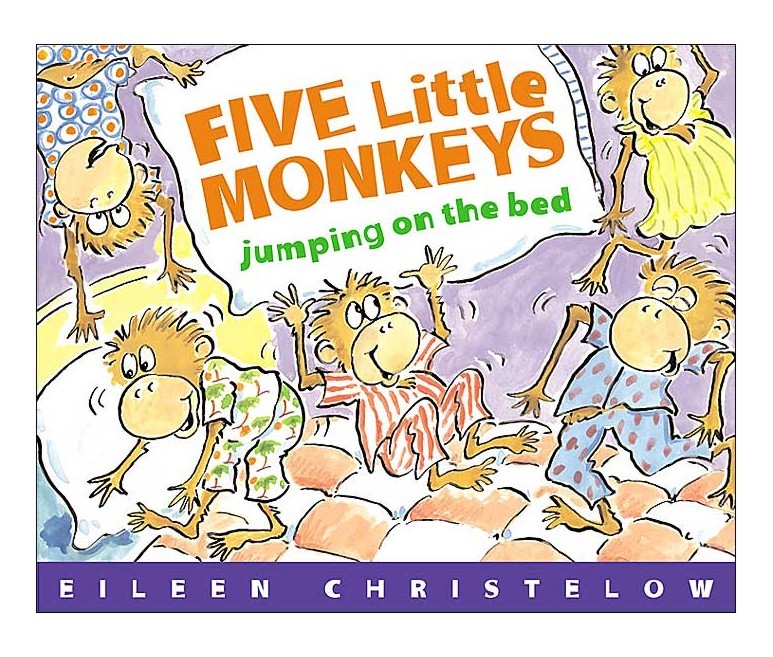
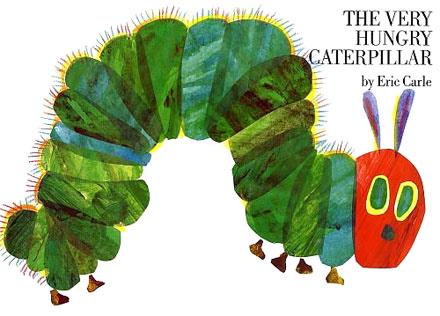
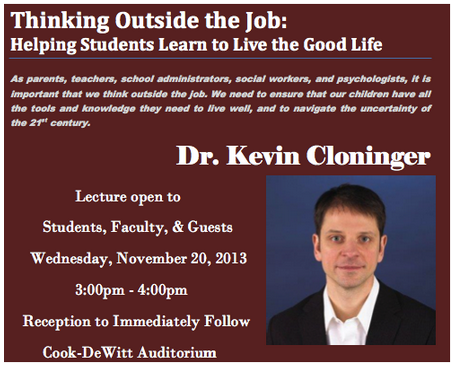
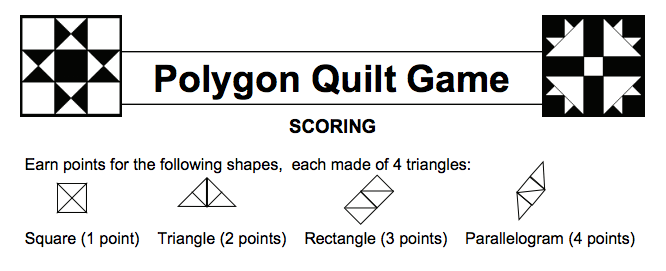
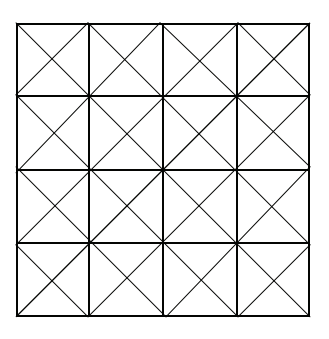
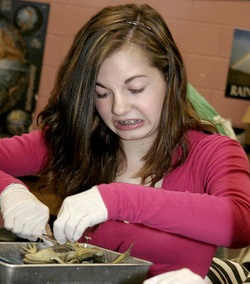

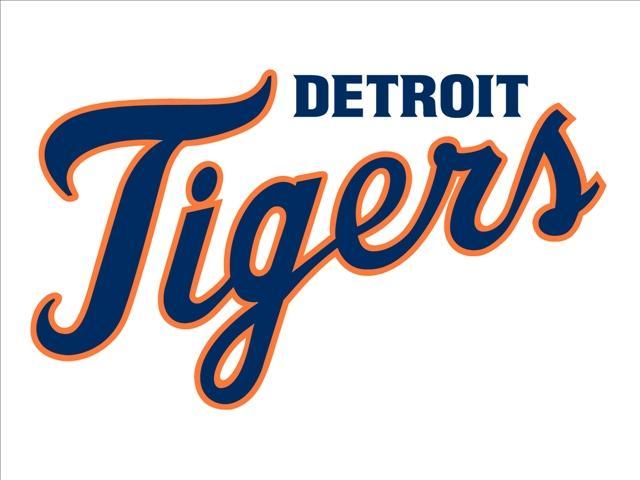
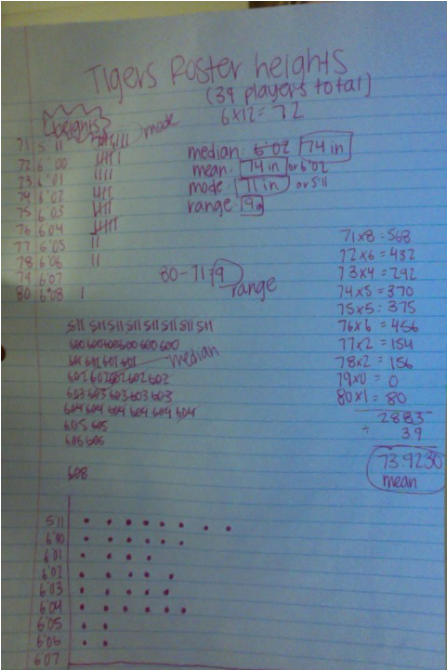
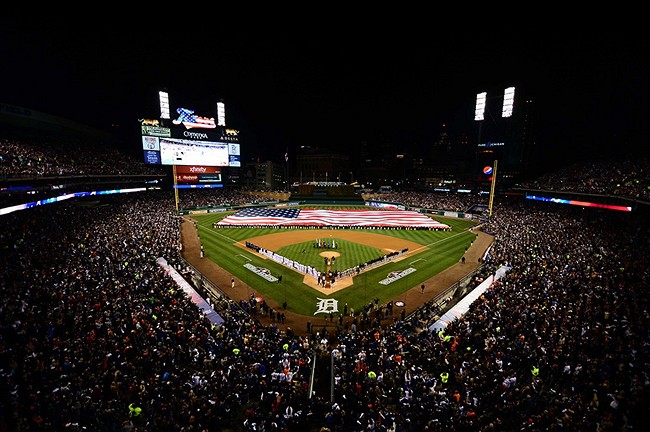
 RSS Feed
RSS Feed